The fashion world constantly reinvents itself, yet certain aesthetics seem to circle back with renewed relevance. In recent years, two distinct but often conflated styles have dominated sartorial discussions: Quiet Luxury and Old Money aesthetic. While they share surface similarities—understated elegance, premium quality, and a rejection of overt branding—they stem from fundamentally different philosophies and cultural contexts. The question of whether Quiet Luxury is merely a gateway to Old Money style is a nuanced one, requiring a deep dive into the subtleties that define and distinguish these two influential fashion movements.
Quiet Luxury, often termed stealth wealth or minimalist luxury, is a contemporary phenomenon. It emerged as a counter-reaction to the logo-mania and conspicuous consumption that characterized the early 2000s. This style is not about hiding wealth but rather about expressing it through a refined, almost intellectual, understanding of quality. The focus is intensely on the intrinsic value of the garment: the feel of the fabric, the precision of the cut, the integrity of the craftsmanship. A Quiet Luxury devotee might wear a cashmere sweater so impeccably soft that its value is communicated through touch and drape, not a visible brand name. The color palette is reserved—think beige, ivory, charcoal grey, olive green, and navy blue—creating a cohesive, harmonious wardrobe where every piece complements another. This is less about a specific "look" and more about a cultivated attitude towards consumption: buying less, but buying better. It is democratic in its silence; the quality is a secret handshake for those in the know, but it doesn't seek to explicitly announce class or status.
In stark contrast, the Old Money aesthetic is not a trend but a legacy. It is the visual language of inherited wealth, passed down through generations. This style is deeply entrenched in tradition, history, and a specific set of social codes. It is not simply about wearing expensive clothes; it is about wearing the right expensive clothes—those that signal belonging to a particular established social stratum. Think of well-worn Barbour jackets, faded Ralph Lauren polo shirts, beat-up boat shoes, and timeless tweed blazers. The items often appear lived-in and even slightly weathered, not out of a desire to look effortless, but because they genuinely are inherited or have been worn for decades. This "sprezzatura"—the art of studied carelessness—is hard-earned and almost impossible to fake authentically. The Old Money aesthetic is laden with symbolism: equestrian motifs, club ties, family crests, and fabrics like tweed and Fair Isle that speak to a very specific Anglo-American, often East Coast, WASP cultural heritage. It is, by its very nature, exclusionary. It doesn't just whisper wealth; it narrates a long history of it.
The most evident overlap between the two styles is their shared rejection of flashiness. Both philosophies dismiss loud logos, garish patterns, and anything that screams "new money" or desperate attempts to display status. They find common ground in their appreciation for natural, high-quality materials—cashmere, merino wool, silk, and superior cotton. The silhouettes are often classic and tailored, favoring timelessness over transient trends. This shared visual territory of neutrality and excellence is why the two are so frequently mistaken for one another. A beige Max Mara coat could easily fit into either wardrobe, blurring the lines for an outside observer.
However, their motivations and connotations create a vast chasm between them. The ethos of Quiet Luxury is fundamentally meritocratic. It is available to anyone with the knowledge and means to invest in superior quality pieces, regardless of their background. It is the uniform of the successful entrepreneur, the savvy professional, the cultured individual who values discernment. Its silence is a choice, a modern, almost minimalist art form. The Old Money aesthetic, conversely, is aristocratic. Its power derives from its history and exclusivity. The worn-in look isn't a minimalist choice; it's a testament to longevity and heritage. You cannot simply purchase an Old Money look; you are expected to be born into it or assimilate into its culture over a lifetime. The slight fray on a collar isn't a design feature but a badge of time-honored belonging.
Therefore, to claim that Quiet Luxury is the mere "gateway" or "endpoint" of Old Money style is to misunderstand both. Quiet Luxury is a conscious, aesthetic choice focused on the present-tense appreciation of quality and subtlety. It is a style that can be adopted. Old Money is a cultural inheritance that uses clothing as one of its many signifiers. It is a style that must be lived. One is about the object itself (its make, its feel), while the other is about the story and status the object represents. The contemporary individual engaging in Quiet Luxury may admire the timelessness of the Old Money aesthetic but is often divorced from its rigid social structures and historical baggage. They take the uniform of understated quality but leave behind the ancestral narrative.
In conclusion, while the visual output of Quiet Luxury and the Old Money aesthetic may often converge on a rack of neutral-toned, impeccably made clothing, they originate from entirely different planets. One is a modern, accessible philosophy of discreet consumption and refined taste. The other is the entrenched, symbolic dress code of multigenerational wealth and privilege. Quiet Luxury is not the journey's end toward becoming "Old Money"; that is a social transition far more complex than a wardrobe change. Instead, it is a parallel path—a sophisticated, contemporary interpretation of elegance that learns from the past but is firmly rooted in the values of the present. Understanding this distinction is key to appreciating the deep and subtle narratives woven into the very fabric of what we wear.
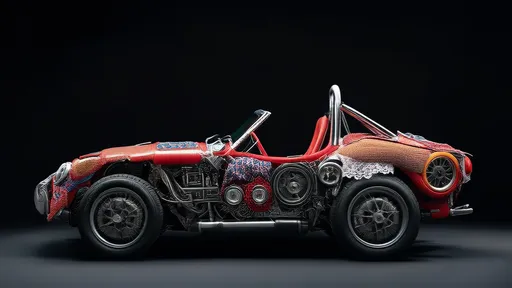
By /Aug 21, 2025
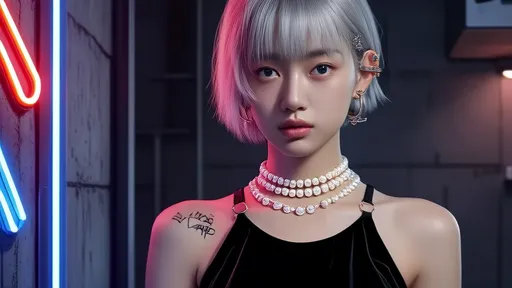
By /Aug 21, 2025
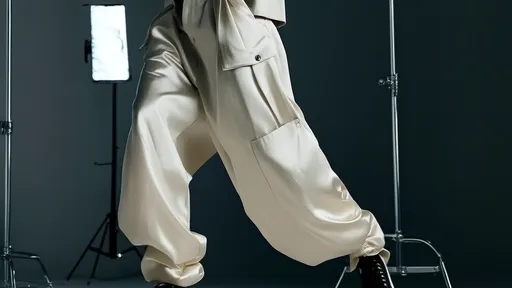
By /Aug 21, 2025
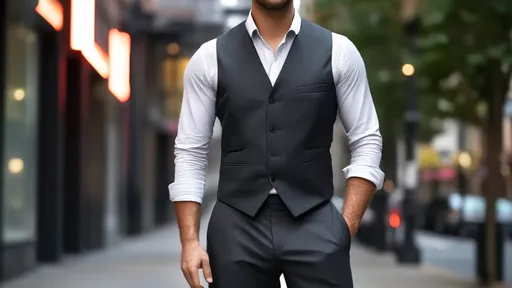
By /Aug 21, 2025
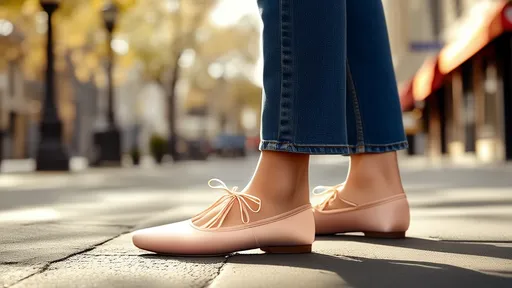
By /Aug 21, 2025
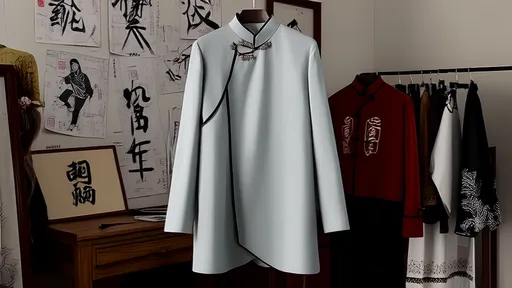
By /Aug 21, 2025

By /Aug 21, 2025

By /Aug 21, 2025
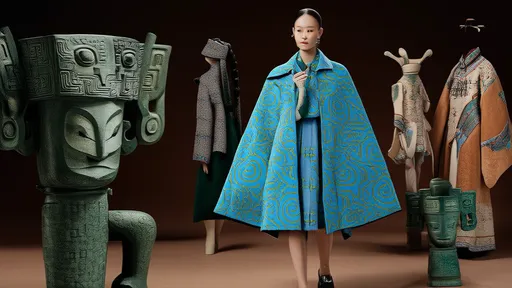
By /Aug 21, 2025

By /Aug 21, 2025

By /Aug 21, 2025
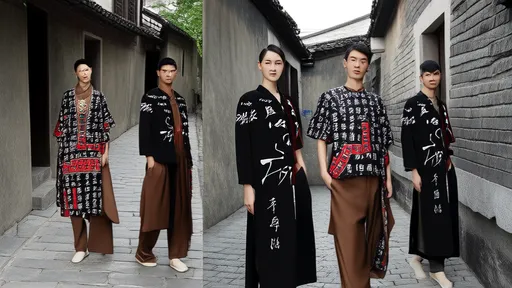
By /Aug 21, 2025
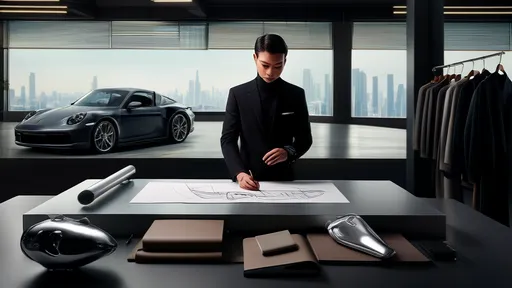
By /Aug 21, 2025
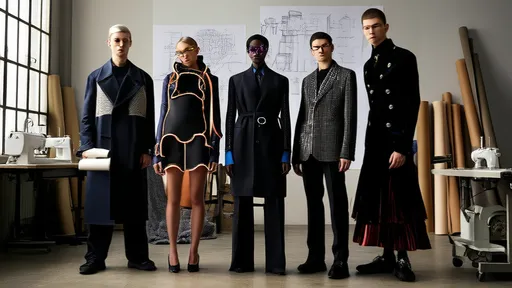
By /Aug 21, 2025

By /Aug 21, 2025
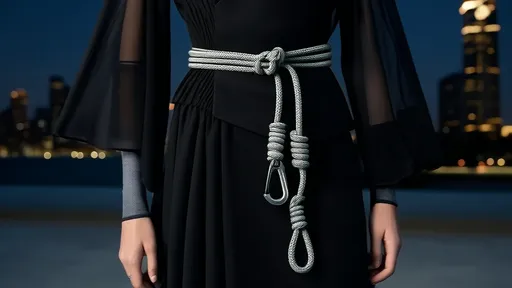
By /Aug 21, 2025
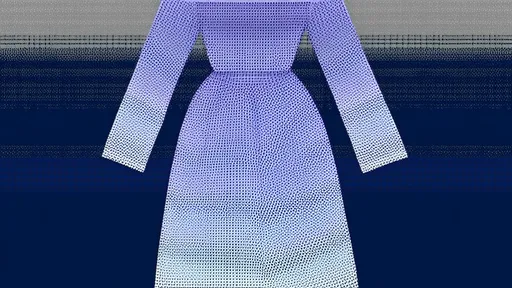
By /Aug 21, 2025

By /Aug 21, 2025
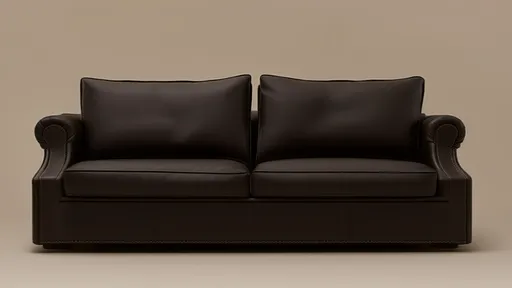
By /Aug 21, 2025
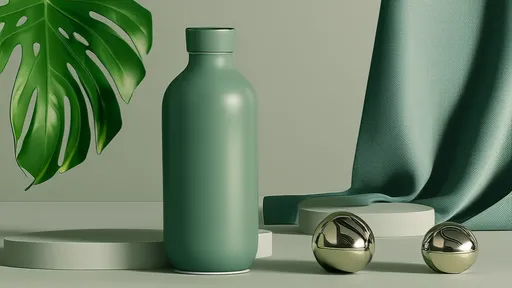
By /Aug 21, 2025